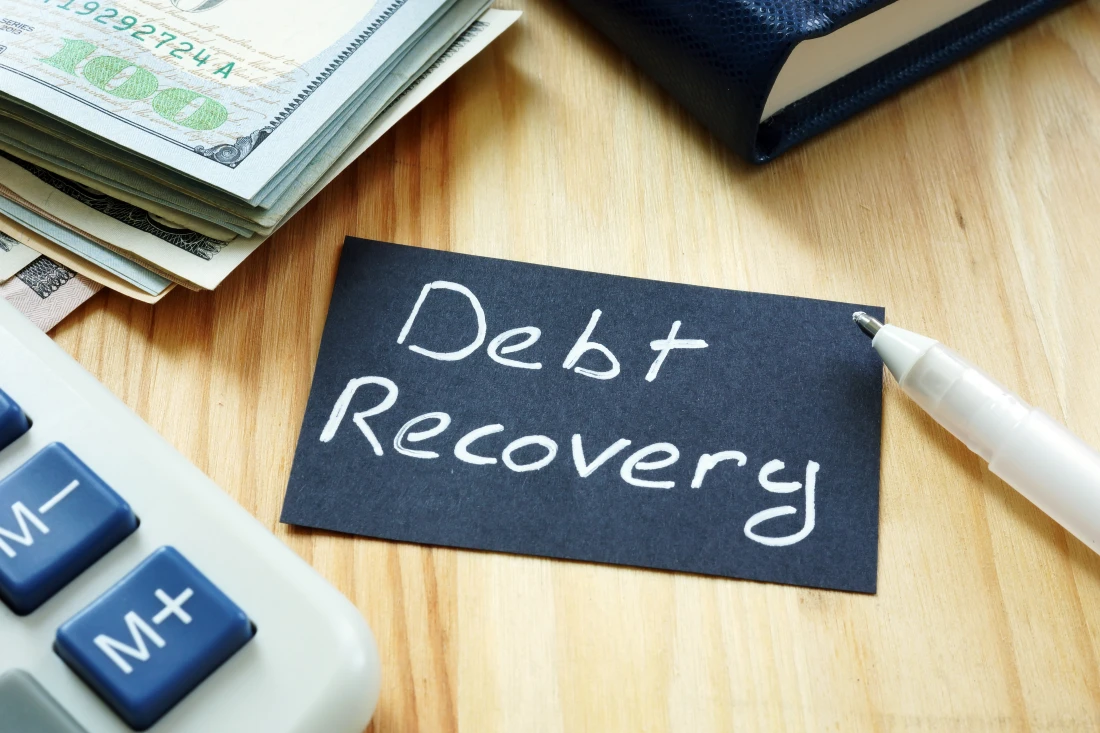Debt Snowball vs. Debt Avalanche
Choosing the Right Debt Repayment Strategy This Holiday Season

With the holiday season in full swing, it’s easy to get caught up in the spirit of giving—but overspending can lead to debt that lingers well into the new year. If you're looking to pay down existing debt or prepare for holiday expenses without adding to your financial burden, it’s essential to have a repayment strategy. Two popular methods to consider are the debt snowball and the debt avalanche. Each has unique benefits, and understanding how they work can help you pick the approach that best aligns with your financial goals.
What is the Debt Snowball Method?
The debt snowball method focuses on paying off your debts from smallest to largest balance, regardless of interest rate. This method is ideal if you’re motivated by seeing quick results, as it allows you to tackle smaller debts first and build momentum as you go. Research on over 6,000 people found that focusing on “small victories” by paying off smaller debts first can significantly boost motivation and lead to higher success in eliminating debt. How the Debt Snowball Works
Order Your Debts: List all your debts, ordered from smallest balance to largest.
Focus on the Smallest Debt First: Direct as much extra money as you can to the smallest debt while making minimum payments on all others.
Build Momentum: As you eliminate each debt, roll that payment amount into the next smallest balance
Pros and Cons of the Debt Snowball
Pros: Provides small “wins” quickly, which can boost motivation. This can be especially helpful if debt feels overwhelming, as it allows you to see progress.
Cons: You may end up paying more in interest over time since this method doesn’t prioritize high-interest debts.
Example:
Debt 1: $500 at 5% interest
Debt 2: $1,500 at 15% interest
Debt 3: $3,000 at 10% interest
With the snowball method, you’d pay off Debt 1 first, then Debt 2, and finally Debt 3.
What is the Debt Avalanche Method?
The debt avalanche method takes a more cost-effective approach, focusing on debts with the highest interest rates first. This strategy is ideal if you’re looking to save as much money as possible over time, as it minimizes the total interest paid.
How the Debt Avalanche Works
Order Your Debts: List all your debts, ordered from highest interest rate to lowest.
Focus on the Highest-Interest Debt First: Direct as much extra money as possible toward the debt with the highest interest, while making minimum payments on all other debts.
Reduce Interest Costs: Once the highest-interest debt is paid off, move to the next-highest and repeat until all debts are paid.
Pros and Cons of the Debt Avalanche
Pros: Saves more money over time by prioritizing high-interest debts, helping you become debt-free faster.
Cons: Progress can feel slower at first, as it may take longer to eliminate your first debt, which can be challenging for some to stay motivated.
Example: Debt 1: $500 at 5% interest Debt 2: $1,500 at 15% interest Debt 3: $3,000 at 10% interest
With the avalanche method, you’d pay off Debt 2 first, followed by Debt 3, and finally Debt 1. No matter which method you choose, the most important part is starting with a plan and staying consistent. With either approach, you’ll be on the path to a debt-free future—one step closer to financial freedom.